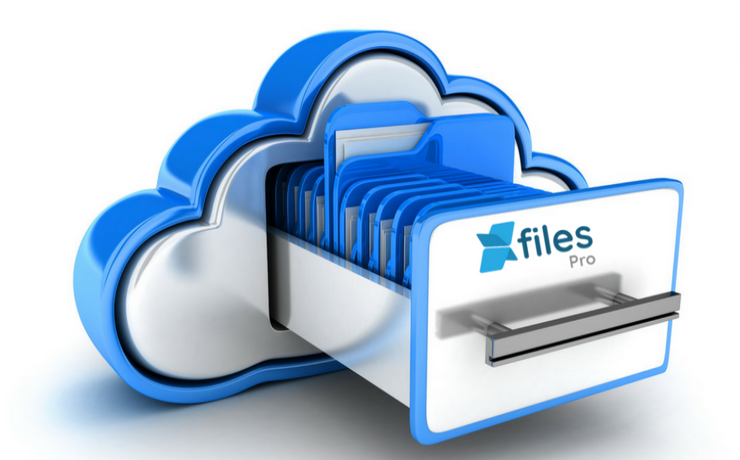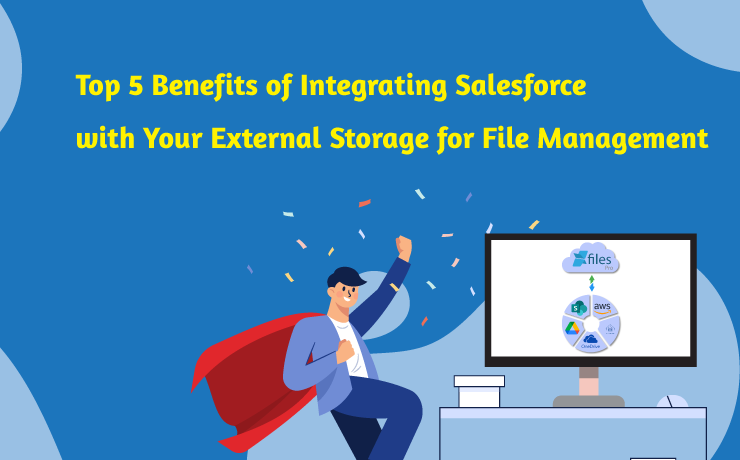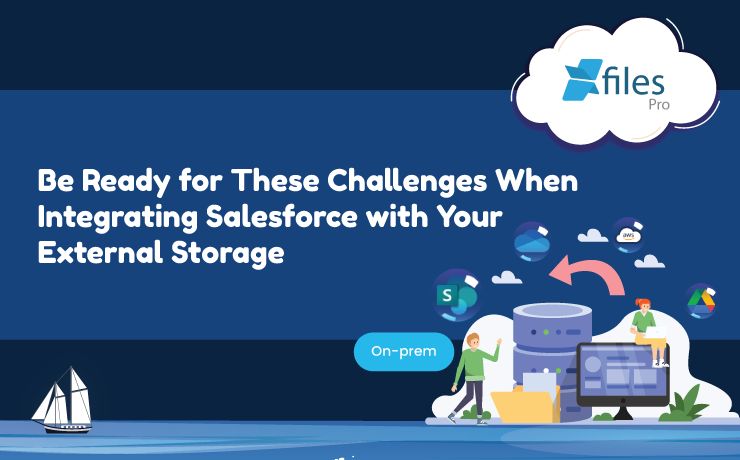If you have been using Salesforce for a while to boost sales processes and customer experience, you must have heard about the need for ‘external storage integration.’ The high chances are that you have probably ignored learning about that ‘integration’ since it was not relevant to you at that point. But now? Do you think […]
Your business is thriving. Your sales process and customer experience have been boosted. Now you want to further enhance your operations within Salesforce to take your business to the next level. You start being on the lookout for solutions that can streamline your processes. You invest massively in storage systems that you feel are the […]


